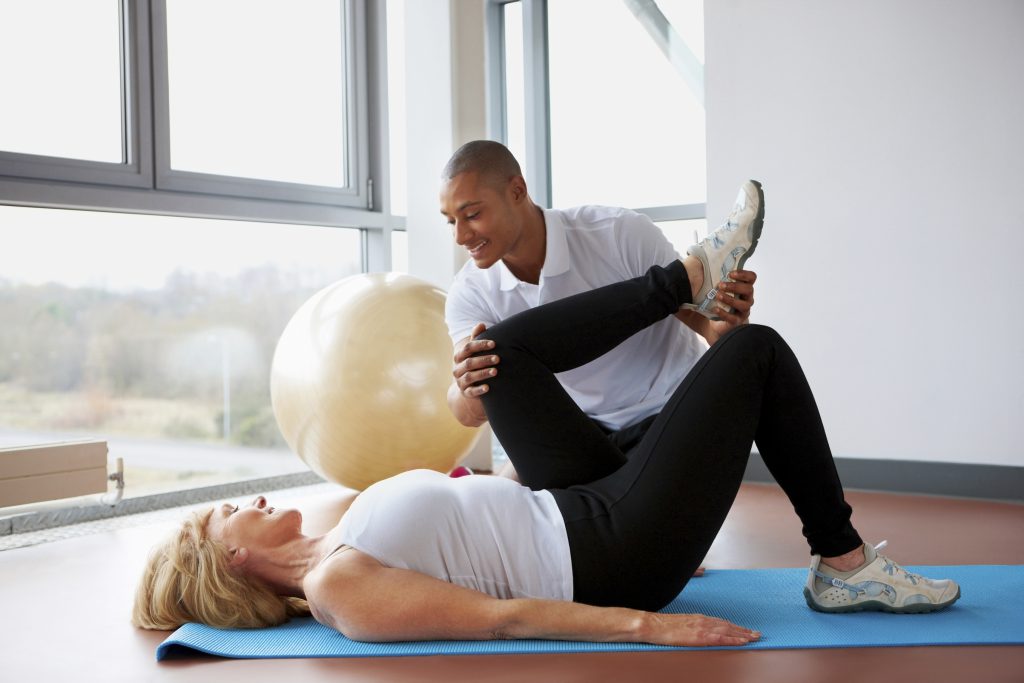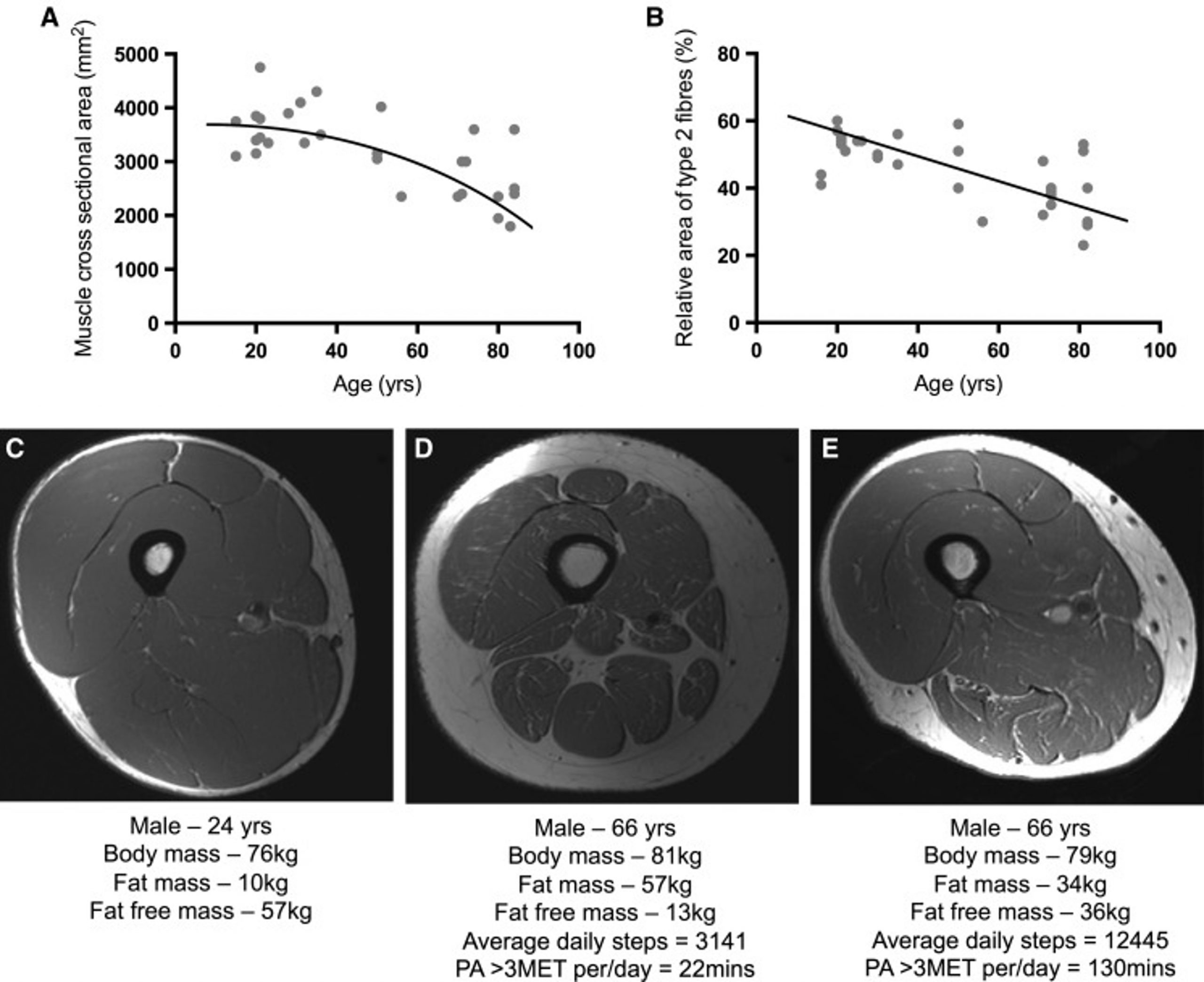Written By: Paul Frizelle, PT, DPT, MS, OCS, MTC, CSCS, PES, CES
 In my lifetime there have been many changes in how people are recommended to manage their health. When I was younger, cardiovascular exercises like jogging and aerobics classes were promoted as the keys to longevity and vitality. As someone who has always enjoyed weight training, I wondered when science would finally start to recognize the health value of strength development.
In my lifetime there have been many changes in how people are recommended to manage their health. When I was younger, cardiovascular exercises like jogging and aerobics classes were promoted as the keys to longevity and vitality. As someone who has always enjoyed weight training, I wondered when science would finally start to recognize the health value of strength development.
It appears that my time has finally come full circle. In the past few decades, more and more research has shown the importance of maintaining strength for overall health, independence of function, and improving quality of life. Specifically, leg strength/power has been shown to be potentially the most valuable indicator for the prediction of fall risk and independence of function in older adults (1). Although we may typically think of the upper leg area to associate with leg strength, the lower leg has as much, if not potentially more contributions to gait speed and static balance (2).
There are many different points throughout the life cycle where leg strength can be developed or improved. The earliest point where leg strength develops is as infants when we begin seeking upright posture and initiate walking. Leg strength continues to develop throughout the years. Generally, in both males and females, strength levels begin to sharply decline in the 5th decade of life. (3). An example of healthy aging can be seen in the included chart/photo from the study by McLeod et al. (3). It shows an image of the upper leg of a healthy, active 66-year-old vs a less healthy, less active 66-year-old. The picture speaks volumes about the importance of being active and exercising as we age.

McLeod M, Breen L, Hamilton DL, Philp A. Live strong and prosper: the importance of skeletal muscle strength for healthy ageing. Biogerontology. 2016 Jun;17(3):497-510. doi: 10.1007/s10522-015-9631-7. Epub 2016 Jan 20. PMID: 26791164; PMCID: PMC4889643.
My lifetime interest in resistance training has now officially met with my interest in longevity. These combined interests are the impetus for my upcoming Live Webinar on August 24, Building Leg Strength Across the Lifespan. I hope that if you share my interest in strength training throughout the lifespan, or if you work with patients of any age and want to better understand how to improve their leg strength for function, that you will spend a couple of hours with me for this topic.
Explore some online continuing education courses from Paul below:
Evidence and Treatment of the Hip in the Adolescent Athlete
Evidence and Treatment of the Spine in the Adolescent Athlete
Evidence and Treatment of the Knee in the Adolescent Athlete
Evaluation and Treatment of the Adolescent Athlete Elbow & Wrist
Evaluation and Treatment of Hip and Pelvis Dysfunction
Treating the Shoulder in the Adolescent Athlete
Unusual Cases in Rahab Series: Young Athlete Shoulder, Foot, and Wrist
Unusual Cases in Rahab Series: Young Athlete Shoulder, Foot, and Wrist
Unusual Cases in Rehab Series: Lumbar Spine, Hip, and Shoulder
Visit summit-education.com for more information.
References:
(1). Winger ME, Caserotti P, Cauley JA, Boudreau RM, Piva SR, Cawthon PM, Orwoll ES, Ensrud KE, Kado DM, Strotmeyer ES; Osteoporotic Fractures in Men (MrOS) Research Group. Lower Leg Power and Grip Strength Are Associated With Increased Fall Injury Risk in Older Men: The Osteoporotic Fractures in Men Study. J Gerontol A Biol Sci Med Sci. 2023 Mar 1;78(3):479-485. doi: 10.1093/gerona/glac122. PMID: 35662329; PMCID: PMC9977249.
(2). Tapanya W, Maharan S, Amput P, Sangkarit N, Suwannakul B. The Influence of Knee Extensor and Ankle Plantar Flexor Strength on Single-Leg Standing Balance in Older Women. J Funct Morphol Kinesiol. 2023 May 18;8(2):67. doi: 10.3390/jfmk8020067. PMID: 37218863; PMCID: PMC10204372.
(3). McLeod M, Breen L, Hamilton DL, Philp A. Live strong and prosper: the importance of skeletal muscle strength for healthy ageing. Biogerontology. 2016 Jun;17(3):497-510. doi: 10.1007/s10522-015-9631-7. Epub 2016 Jan 20. PMID: 26791164; PMCID: PMC4889643
About Summit Professional Education
Summit equips therapists with better continuing education courses that provide CEUs while impacting patient outcomes. Find high-quality on-demand CE along with the largest offering of live options — including live webinars, live streams, and in-person courses. Want to deep dive on a topic? Summit offers hundreds of 6-hour courses for the most in-depth learning!
